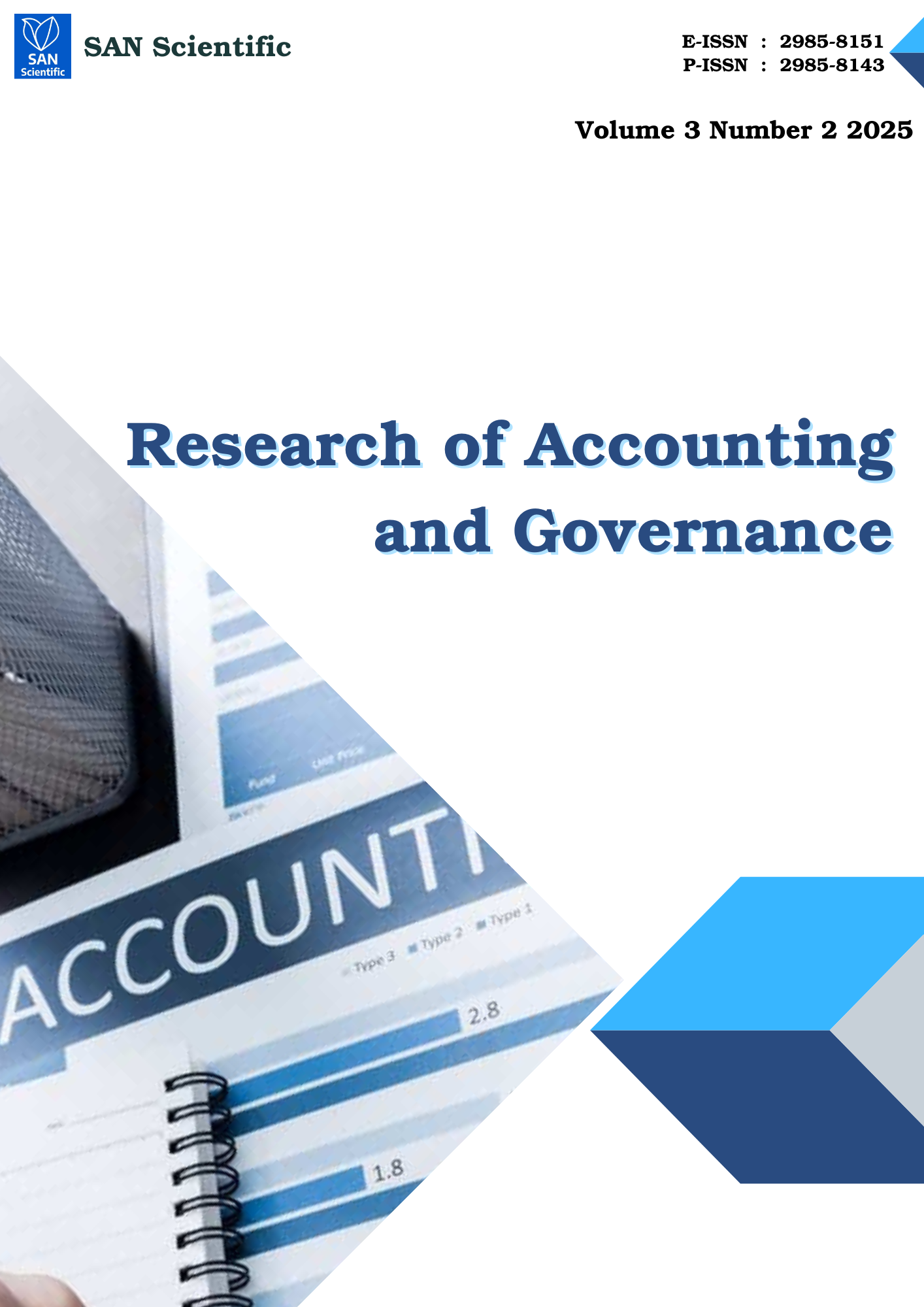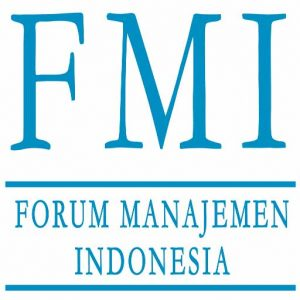State Expenditure or Political Agenda? A Critical Analysis of APBN Priorities at the Onset of a New Government
DOI:
https://doi.org/10.58777/rag.v3i2.455Keywords:
State Budget, Fiscal Policy, Budget Politics, State Spending Priorities, Economic Development, Public Services, Political Image, Fiscal IntegrityAbstract
This study analyzes spending priorities in the 2025 State Budget at the outset of the new government in Indonesia, aiming to evaluate whether budget allocations truly reflect the long-term needs of society or are predominantly influenced by short-term political interests. A primary concern is the potential for budget deviations to be utilized as a means of enhancing political image, advancing populist initiatives, or rewarding political allies. The research employs a mixed-methods approach, integrating quantitative analysis of State Budget data and welfare indicators with qualitative analysis of policy narratives and public opinion. The findings reveal that the infrastructure and social assistance sectors have seen significant budget increases, particularly in areas that benefit the ruling government. In contrast, the education and environmental sectors received comparatively less attention. This pattern suggests a political spending approach that is not fully aligned with national development planning documents. The implication is that the State Budget risks becoming a political tool rather than a genuine instrument of development. The originality of this study lies in its focus on the onset of a new government period, employing a combination of analytical and critical approaches to uncover the tendencies toward the politicization of the state budget.
References
Arulampalam, W., Dasgupta, S., Dhillon, A., & Dutta, B. (2009). Electoral goals and center-state transfers: A theoretical model and empirical evidence from India. Journal of Development Economics, 88(1), 103–119. https://doi.org/10.1016/j.jdeveco.2008.02.003
Asatryan, Z., & Heinemann, F. (2017). Budget transparency, fiscal performance, and political turnover. European Journal of Political Economy, 50, 82–99. https://doi.org/10.1016/j.ejpoleco.2017.07.002
Béland, D., Dinan, S., Rocco, P., & Waddan, A. (2022). COVID-19, poverty reduction, and partisanship in Canada and the United States. Policy and Society, 41(2), 291–305. https://doi.org/10.1093/polsoc/puab026
Bremer, B., Di Carlo, D., & Wansleben, L. (2023). The constrained politics of local public investment under cooperative federalism. Socio-Economic Review, 21(2), 1007–1034. https://doi.org/10.1093/ser/mwac017
Brender, A., & Drazen, A. (2005). Political Budget Cycles in New versus Established Democracies. Journal of Monetary Economics, 52(7), 1271–1295. https://doi.org/10.1016/j.jmoneco.2005.04.007
Caglar, A. E., & Ulug, M. (2022). The role of government spending on energy efficiency R&D budgets in the green transformation process: Insight from the top-five countries. Environmental Science and Pollution Research, 29(50), 76472–76484. https://doi.org/10.1007/s11356-022-20838-w
Cristóbal, J., Ehrenstein, M., Domínguez-Ramos, A., Galán-Martín, Á., Pozo, C., Margallo, M., ... & Guillén-Gosálbez, G. (2021). Unraveling the links between public spending and Sustainable Development Goals: Insights from data envelopment analysis. Science of The Total Environment, 786, 147459. https://doi.org/10.1016/j.scitotenv.2021.147459
De la Cuesta, B., Egorov, G., & Makarin, A. (2023). The authoritarian incumbency advantage in Indonesia. American Journal of Political Science, 67(1), 25–42. https://doi.org/10.1111/ajps.12652
Desdiani, N. A., Sabrina, S., Husna, M., Budiman, A. C., Afifi, F. A. R., & Halimatussadiah, A. (2022). Local budget resilience in times of Covid-19 crisis: Evidence from Indonesia. Economies, 10(5), 108. https://doi.org/10.3390/economies10050108
Ferraz, C., & Finan, F. (2008). Exposing corrupt politicians: The effects of Brazil’s publicly released audits on electoral outcomes. Quarterly Journal of Economics, 123(2), 703–745. https://doi.org/10.1162/qjec.2008.123.2.703
Golden, M. A., & Min, B. (2013). Distributive politics around the world. Annual Review of Political Science, 16, 73–99. https://doi.org/10.1146/annurev-polisci-052209-121553
Guerrero, O. A., Castañeda, G., Trujillo, G., Hackett, L., & Chávez-Juárez, F. (2022). Subnational sustainable development: The role of vertical intergovernmental transfers in reaching multidimensional goals. Socio-Economic Planning Sciences, 83, 101155. https://doi.org/10.1016/j.seps.2021.101155
Hayden, A., & Dasilva, C. (2022). The wellbeing economy: Possibilities and limits in bringing sufficiency from the margins into the mainstream. Frontiers in Sustainability, 3, 966876. https://doi.org/10.3389/frsus.2022.966876
Herd, P., Hoynes, H., Michener, J., & Moynihan, D. (2023). Introduction: Administrative burden as a mechanism of inequality in policy implementation. RSF: The Russell Sage Foundation Journal of the Social Sciences, 9(4), 1–30. https://doi.org/10.7758/RSF.2023.9.4.01
IMF. (2021). Fiscal Transparency Handbook. International Monetary Fund. https://www.imf.org/en/Publications/Manuals-Guides/Issues/2021/05/10/Fiscal-Transparency-Handbook-2021-Edition-460400
Indriani, R., & Komala, L. (2024). The Effect of Regional Expenditure, Balancing Funds and BPK Audit Findings on Regional Government Financial Performance. Taxation and Public Finance, 2(1), 44–55. https://doi.org/10.58777/tpf.v2i1.297
Keefer, P., & Khemani, S. (2009). When do legislators pass on pork? The Role of Political Parties in Determining Legislator Effort. American Political Science Review, 103(1), 99–112. https://doi.org/10.1017/S0003055409090084
La Torre, M., Leo, S., Palma, A., & Zapata, J. D. S. (2024). Public spending and green finance: A systematic literature review. Research in International Business and Finance, 68, 102197. https://doi.org/10.1016/j.ribaf.2023.102197
Labonne, J. (2013). The local electoral impacts of conditional cash transfers: Evidence from a field experiment in the Philippines. Journal of Development Economics, 104, 109–127. https://doi.org/10.1016/j.jdeveco.2013.05.003
Lee, S., & Chen, G. (2022). Understanding financial resilience from a resource-based view: Evidence from US state governments. Public Management Review, 24(12), 1980–2003. https://doi.org/10.1080/14719037.2021.1940003
Lewis, B. D. (2019). Local Government Spending and Service Delivery in Indonesia. Asian Journal of Political Science, 27(2), 189–209. https://doi.org/10.1080/02185377.2019.1630442
López-Santana, M., & Rocco, P. (2021). Fiscal federalism and economic crises in the United States: Lessons from the COVID-19 pandemic and great recession. Publius: The Journal of Federalism, 51(3), 365–395. https://doi.org/10.1093/publius/pjab013
Popescu, C. C., & Diaconu, L. (2021). Government spending and economic growth: A cointegration analysis on Romania. Sustainability, 13(12), 6575. https://doi.org/10.3390/su13126575
Pratiwi, A. O., & Sari, I. (2025). South Sumatra Capital Expenditure Budget Determinants: What Factors Influence? Research of Accounting and Governance, 3(1), 1–12. https://doi.org/10.58777/rag.v3i1.251
Puspita, D. T. W., & Komala, L. (2023). Effect of regional original income and balanced funds on capital expenditures with economic growth as a moderating factor. Taxation and Public Finance, 1(1), 38–49. https://doi.org/10.58777/tpf.v1i1.159
Rosi, Nurmayasari, and Khaerunisa Risma. (2024). "Analisis Kebijakan Fiskal Dalam Pengelolaan APBN Di Indonesia." http://repository.syekhnurjati.ac.id/id/eprint/12806
Ruggles, P., & O'Higgins, M. (2024). Retrenchment and the New Right: A Comparative Analysis of the Impacts of the Thatcher and Reagan Administrations. In Stagnation and Renewal in Social Policy (pp. 160–190). Routledge. https://doi.org/10.4324/9781003163129-10
Schuknecht, L. (2000). Fiscal policy cycles and public expenditure in developing countries. Public Choice, 102(1–2), 115–130. https://doi.org/10.1023/A:1005028000970
Setyadi, B., Helmi, S., Mohammad, S. I., & Pendidikan, U. (2023). Effectiveness and Efficiency of the State Revenue and Expenditure Budget Policy in South Sumatra: An Islamic Perspective Study. IKONOMIKA: Jurnal Ekonomi dan Bisnis Islam, 8(1), 103–122. https://doi.org/10.24042/febi.v8i1.13262
Solé-Ollé, A., & Sorribas-Navarro, P. (2008). The effects of partisan alignment on the allocation of intergovernmental transfers: Differences-in-differences estimates for Spain. European Journal of Political Economy, 24(1), 161–180. https://doi.org/10.1016/j.ejpoleco.2007.05.001
Suryahadi, A., & Sumarto, S. (2011). The impact of social protection programs on household welfare: Evidence from Indonesia. Economics Bulletin, 31(1), 1–13. https://mpra.ub.uni-muenchen.de/40844/
Tuxhorn, K. L., D’Attoma, J., & Steinmo, S. (2021). Do citizens want something for nothing? Mass attitudes and the federal budget. Politics & Policy, 49(3), 566–593. https://doi.org/10.1111/polp.12390
Veiga, L. G., & Veiga, F. J. (2007). Political Business Cycles at the Municipal Level. Public Choice, 131(1–2), 45–64. https://doi.org/10.1007/s11127-006-9106-z
Yolanda, A. A. (2025). Anggaran Makan Bergizi Gratis: Tantangan dan Peluang dalam Pengelolaan APBN. https://www.academia.edu/download/121453736/ANGGARAN_MAKAN_BERGIZI_GRATIS.pdf
Yunusovich, U. U., Gaipovna, T. R., Azadovna, S. M., Komiljonovna, I. N., & Mansurovich, I. H. (2021). Matters of revenue generation and cost optimization while increasing the efficiency of the state budget. Journal of Hunan University (Natural Sciences), 48. https://www.viirj.org/vol13issue2/1.pdf
Downloads
Published
How to Cite
Issue
Section
Copyright (c) 2025 Rahmad Mardianto, Rega Destiana, Rivani Indriyani, Shabilla Risty Eka Putri, Tri Mardiani, Wahyuningsih Wahyuningsih, Ahmad Setiawan Nuraya

This work is licensed under a CC Attribution-ShareAlike 4.0
 Views: 87
|
Views: 87
|
 Downloaded: 56
Downloaded: 56











